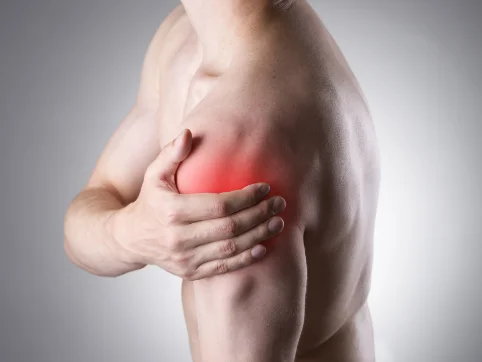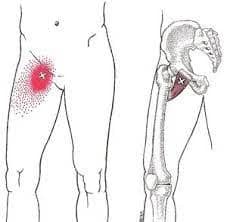Anytime the body experiences direct trauma, the chances of nerve damage is always possible. The bigger the trauma, the more likely nerve injury is present. Let us begin by outlining a few key things to understand before looking at what we can do about direct nerve damage:
1) Is traumatic nerve damage limited to physical trauma? Absolutely not! In fact, there are certain neurological condition, such as bells palsy, that have a whole presentation around its presentation due to emotional stress and trauma. Remember, nerves are conduits, or pathways, for communicating our sense of reality. Under extreme emotional stress, nerve damage is a real possibility.
2) Can traumatic damage to nerves occur from small insults over time? Yes! Even simple, long term nerve compression can begin to eat away at the deeper neurons, potentially creating permanent damage to the nerve. For this reason, it is critical when nerve compression and pain is present to actively pursue solutions because as it progresses time begins to create a more permanent situation in the nerve body.
3) Can nerve damage be fixed? The best answer is, it depends. In the nerves that live outside of our brain and spinal cord, what we call peripheral nerves, do have the ability to regenerate and repair. How long that repair takes is variable. Generally, unless the nerve is severed or cut, 6-12 weeks is standard, unless a comorbid disease such as diabetes is present. More severe injuries can take several years, while damage to more central nerves can be permanent. In other words, the guidance of a neurologist for proper recovery timelines is highly recommended.
If I have a trauma that was followed by nerve damage, what can I do?
As mentioned above, seek out a trusted neurologist who can begin to map out what recovery may look like. If the situation seems less serious, some things can be done to begin helping your body maximize proper recovery:
1. Diet: While guidance from a professional nutritionist is appropriate, anything that reduces inflammation, increases an alkaline environment, and supports cellular abundance will help the body embrace greater healing.
2. Movement: While not all movements are appropriate with nerve damage, the appropriate movements under proper guidance will begin to hasten neurological recovery.
3. Bodywork and massage: From improved circulation to tension reduction around nerve pathways, seeing a skilled bodywork practitioner who understands the boundaries of nerve recovery can be a big boost in nerve recovery process.
If you are experiencing these symptoms, know that solutions are available to help you recover and get back to the body you know and love! In our next blog post, we will explore nerve compression, where these most commonly happen, and what you can begin to do to achieve relief now. See you then.





